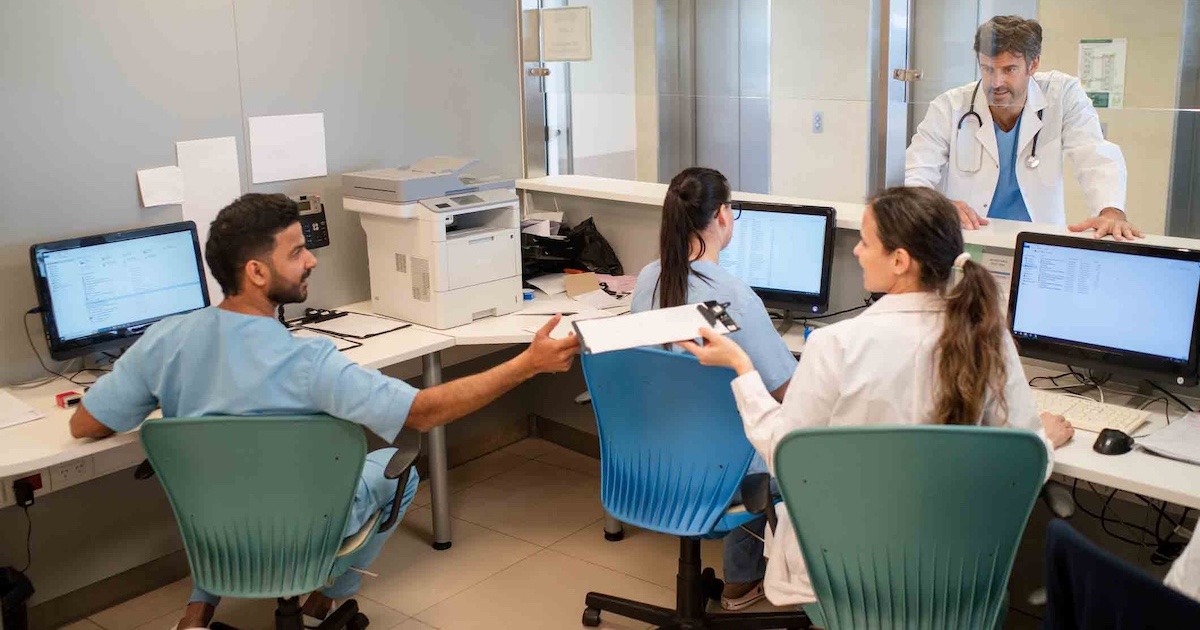Last week's mHealth Summit is in the rear-view mirror now, and the almost 4,000 attendees have had a chance to sit back and sift through what they've seen and heard about. Here's one editor's take on what we'll remember:
1. Consumer engagement is the buzzword for 2015. From the opening remarks by Joseph Kvedar of the Center for Connected Health to any of several panel discussions, one of the biggest issues facing healthcare these days is finding the right words or tactics to get consumers interested in healthcare – and what to do to keep them interested. As Kvedar pointed out, people will check their smartphones hundreds of times a day for Facebook messages, e-mails or text messages, but they won't push one button to send their health data to a doctor. And while the health and fitness craze is making wearables one of the hottest commodities this season, the jury's still out on whether they're attracting more than just the self-motivated – or if healthcare providers are taking notice yet. Folks, this conversation won't be ending any time soon.
2. Apple's HealthKit could be a game-changer. As evidenced by an overflow crowd at an all-too-short Q&A session on Tuesday, Apple's forthcoming HealthKit app is drawing incredible interest from the healthcare community. While Ochsner and Duke Healthcare were put on the spotlight for their early work with the app, many more providers and vendors are taking a closer look at the technology as well. This could be the much-sought-after bridge that connects consumer-facing wearables and home monitoring devices to the provider community, through a platform that's theoretically open to the whole community. Or it could be just another Google Health. Again, expect the coming year to be interesting.
3. Care coordination works. In health systems large and small, clinicians are using smartphones to instantly connect with others caring for the same patient. They're sharing notes and tests, discussing treatment plans and, in many cases, bringing the patient and his/her family into the loop to map out a care plan that goes beyond the hospital or clinic. It's a tried-and-true process that's gone beyond the pilot stage, as was noted in Healthcare IT News' Monday morning breakfast panel and several educational sessions. Expect this to become the norm for patient care.
4. Data analysis comes of age. Whether it's gathering big data for population management or drilling down to the individual ("little data," perhaps?) to create a personalized care plan, providers are finally finding ways to use the data being amassed and stored. In fact, of all the new products on the Exhibit Hall floor this year, not many were actually "new" – rather, they were devices or solutions already familiar in healthcare circles, but reworked to make something meaningful of the data they collect. By now, everyone knows how to gather vital signs – it's what you do with them, and how you present them to healthcare providers, that makes a difference.
5. mHealth is a world-wide phenomenon. If the attendance at the summit's first-ever Global mHealth Forum was any indication, mHealth is a hot topic from here to Timbuktu, and everywhere in between. In some places it's a way of life, figured into the daily routine, a normal part of healthcare; in other locations it's just being introduced as a means of improving health and curbing health costs. In developing nations it's being used for population management on a scale we haven't yet seen in the United States, and for that reason it may hold lessons that we need to learn. And as one extremely popular session proved, even the mHealth disasters are a source of education. On a global scale, mHealth is becoming a force for change that can't be ignored.
What other trends are coming out of this year's summit? And what might be on the horizon for mHealth in 2015? Let me know.


